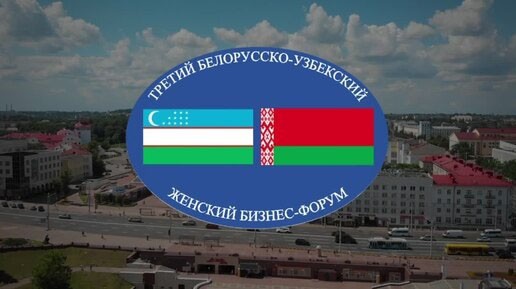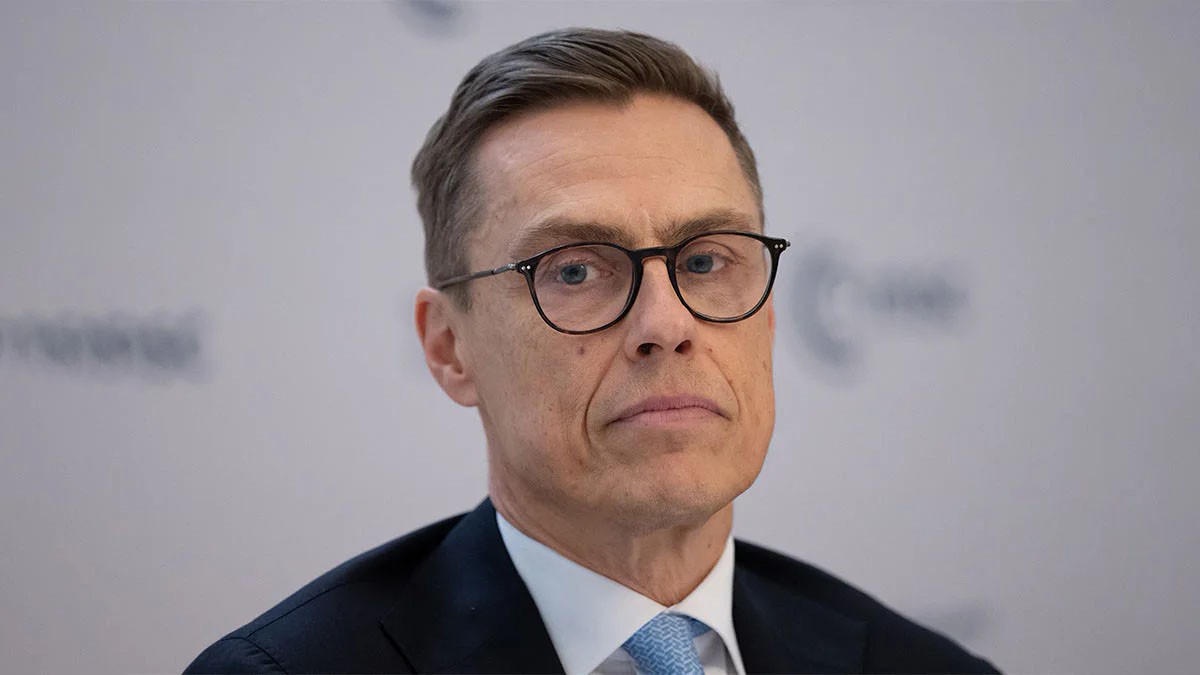According to the results of a June survey of the population conducted by the Central Bank, the level of subjective perception of inflation in Uzbekistan has reached its lowest level since the beginning of this year. The average estimate of price growth over the past 12 months was 13.4 percent, which is 1.1 percentage points lower than in May. This is also the lowest level since November 2023. The median score, which reflects the most typical response of respondents, fell to 11 percent.
Regional differences in perceptions of inflation
The largest increase in prices, according to the subjective feelings of the population, was recorded in Tashkent — 16.2 percent. Estimates in Andijan (14.3 percent) and Ferghana (13.9 percent) regions were also significantly higher than the national average. At the same time, the lowest perception of inflationary pressures is observed in Navoi region (11.5 percent), Karakalpakstan and Khorezm region (12.2 percent each).
Industries and professions: who feels inflation more keenly
Employees of industrial enterprises were the most vulnerable to price increases — on average, they estimated inflation at 16.5 percent. They are followed by workers in the construction industry (14.8 percent) and the transport sector (14.4 percent). Employees in tourism (11 percent), retail (11.4 percent) and services (12.2 percent) were the least sensitive to price changes.
Income as a factor of price dynamics perception
There is a direct correlation between the level of income and the subjective perception of inflation. Citizens with a monthly income of more than 15 million soums estimated the price increase at an average of 16.5 percent, while among respondents with an income of less than 2 million soums, this figure was 11.8 percent.
What people complain about most often
Among the main categories that cause the greatest dissatisfaction with the price increase, meat and dairy products are in the lead — 53 percent of respondents indicated it as the most expensive. This is followed by utilities, including electricity and gas (37 percent), and gasoline (31 percent). Also frequently mentioned are medicines (23 percent), vegetable oil (21 percent) and transportation costs (20 percent). There was an almost twofold increase in complaints about rising prices for sugar and sweets-from 11 to 21 percent.
The smallest number of respondents noted an increase in prices for bread, flour, rice and educational services — 9 percent each.
Macroeconomic outlook
According to Timur Ishmetov, Chairman of the Central Bank, 2025 will be a transitional year in the context of inflationary pressures. Starting from 2026, a steady slowdown in price growth is expected. Reforms in the energy sector, including the revision of the energy tariff policy, are cited as the main reason for the current level of inflation.











